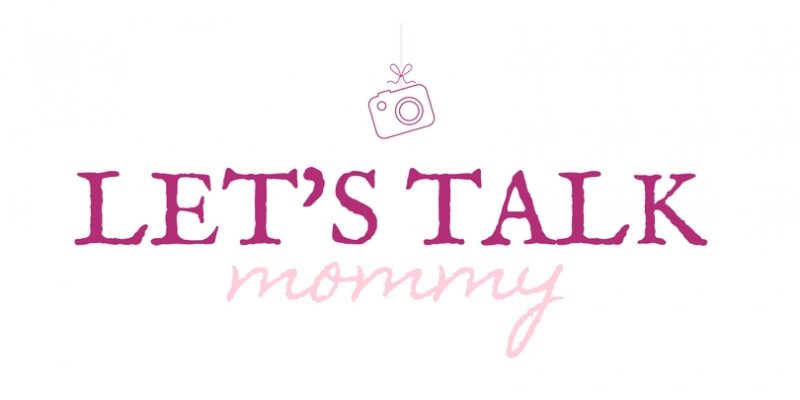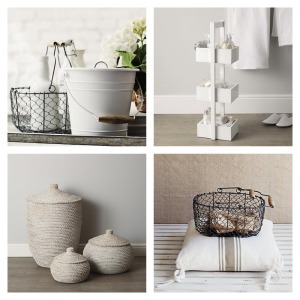
In Milwaukee, WI, family homes come in all shapes and sizes. Some have plenty of space, while others feel more limited,especially when everyone is home at once. Whether it’s working from home, managing remote school, or just finding a quiet corner to relax, families need rooms that serve more than one purpose.
Many homes weren’t built with flexibility in mind. Traditional layouts often separate rooms by single-use functions. One room is for sleeping. One is for watching TV. One is for guests who visit once a year. But families today need more from their homes.
Instead of adding more rooms, homeowners are getting creative with the space they already have. They’re finding ways to make one room handle multiple tasks, and do it well. A space that shifts from office to movie night, or from playroom to guest suite, is becoming the new standard.
This article offers simple ways to turn any area of your home into a space that works for everyone in the family, without tearing down walls or blowing your budget.
Start With the Right Space
The first step is choosing the right room or area to convert. Look at your current layout. Are there rooms that sit unused most of the time? Maybe a formal dining room no one eats in, or a basement that’s more storage than living space?
In many Milwaukee homes, the basement is a hidden gem. Older homes often have basements with lots of square footage but not much function. With the right updates, that space can become a valuable part of your daily life.
In Milwaukee, WI basement remodeling has become a popular option for families who want to add usable square footage without changing the home’s exterior. It’s a practical way to create a space that works as a playroom, home office, or guest area — all in one. Some families even use it for a home gym or media room. The key is planning ahead and thinking about how each person might use the space at different times.
When choosing a room, focus on what it offers: Is there enough light? Can it be made private when needed? Will the noise from this area affect others? Once you know what you’re working with, you can start planning the layout.
Design for Flexibility
Once you’ve picked the space, the next step is making it work for different needs. This means choosing furniture and layouts that can change with you. If you’re setting up a home office in the same space your kids use for crafts or gaming, look for desks that fold or shelves that slide.
Multi-use furniture can help a lot. A sofa bed lets the room switch between lounging and sleeping. Storage benches offer seating and a place to keep clutter out of sight. Wall-mounted desks free up floor space when they’re not in use.
Flexibility also comes from keeping things simple. Don’t over-decorate. Let the room breathe so it’s easy to switch its function when needed. A few thoughtful pieces go a long way.
Make Storage a Priority
When a room has more than one use, staying organized matters. It doesn’t take much for a multi-functional space to become messy. Toys on one side, work papers on the other — it all adds up fast. That’s why storage is key.
Start by thinking vertically. Shelving units, floating shelves, or tall bookcases can give you more space without taking up extra floor area. Storage that goes up, not out, helps you fit more into a tight layout.
Next, look for pieces that serve more than one purpose. A coffee table with drawers, a bench with hidden storage, or a side table with bins underneath can keep things neat. You don’t need fancy built-ins. Simple containers, baskets, or bins work just fine,especially if each person has a place to put their stuff.
Labeling helps, too. When everyone knows where things go, cleanup becomes easier. A system doesn’t have to be perfect; itjust has to be clear and consistent.
Get the Whole Family Involved
A space that works for everyone should reflect the needs and preferences of the people who use it. That’s why it helps to include the whole family in the process. Let kids have a say in how the space looks or functions. Give them a corner that’s just theirs; maybe a reading nook, a drawing table, or a quiet play mat.
Adults should have their spots too. If you’re working from home, set up a space where your laptop and notes aren’t in the way of other activities. Even a small desk in the corner can make a big difference when it’s time to focus.
When everyone feels included in the setup, they’re more likely to respect and maintain the space. Talk about how the room will be used throughout the week. Maybe it’s a playroom during the day, a movie spot in the evening, and a guest room on weekends. Knowing what to expect helps everyone stay on the same page.
Keep It Comfortable and Practical
Comfort plays a big role in how much a room gets used. If it’s too cold, too cluttered, or poorly lit, no one will want to spend time there. That’s why comfort should be part of your design choices.
Start with the basics. Soft rugs, throw pillows, and warm lighting help make the space more inviting. Layer your lighting — mix natural light with lamps or ceiling fixtures. Give people options for sitting: floor cushions for kids, a sturdy chair for working, and a couch for relaxing.
If your room has to handle different activities at once, think about noise. Area rugs or curtains can help soften sound. Bookcases and fabric items also cut down on echo, making the space more peaceful.
Choose easy-to-clean surfaces and washable fabrics. Life gets messy — especially with kids. A room that’s easy to maintain will stay in better shape over time.
A multi-functional space doesn’t have to be fancy or complicated. It just has to make sense for your family. When you pick the right room, keep the layout flexible, and involve everyone in the plan, your home starts to work harder for you.
Good design isn’t about how a room looks in a photo — it’s about how it works in real life. Your space should fit your daily needs and change as your life changes. A smart setup brings more comfort, more options, and fewer headaches.






